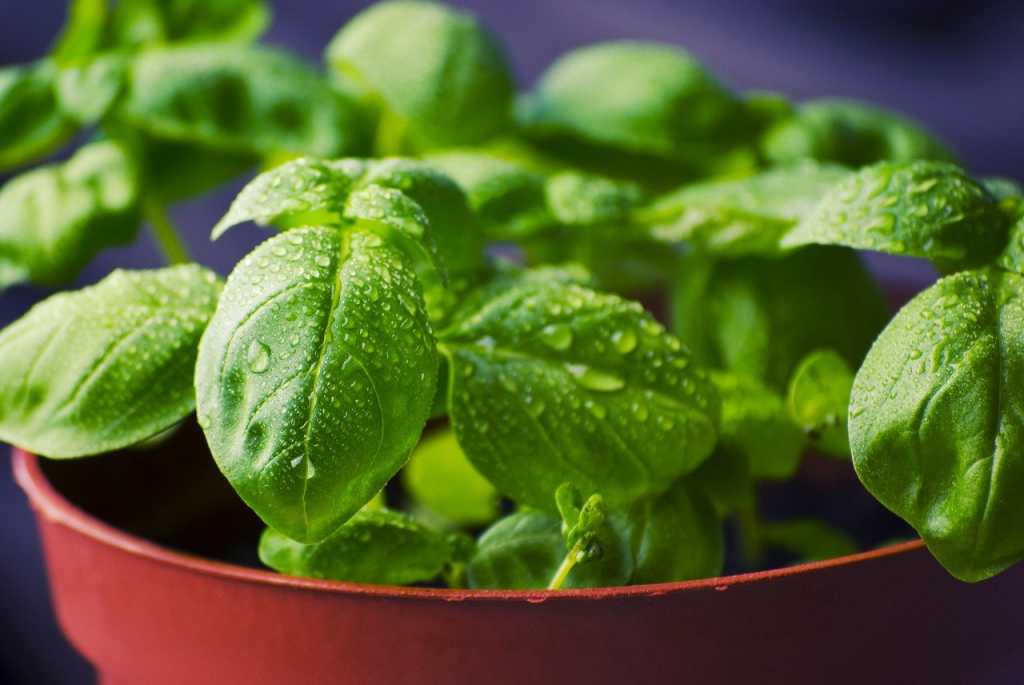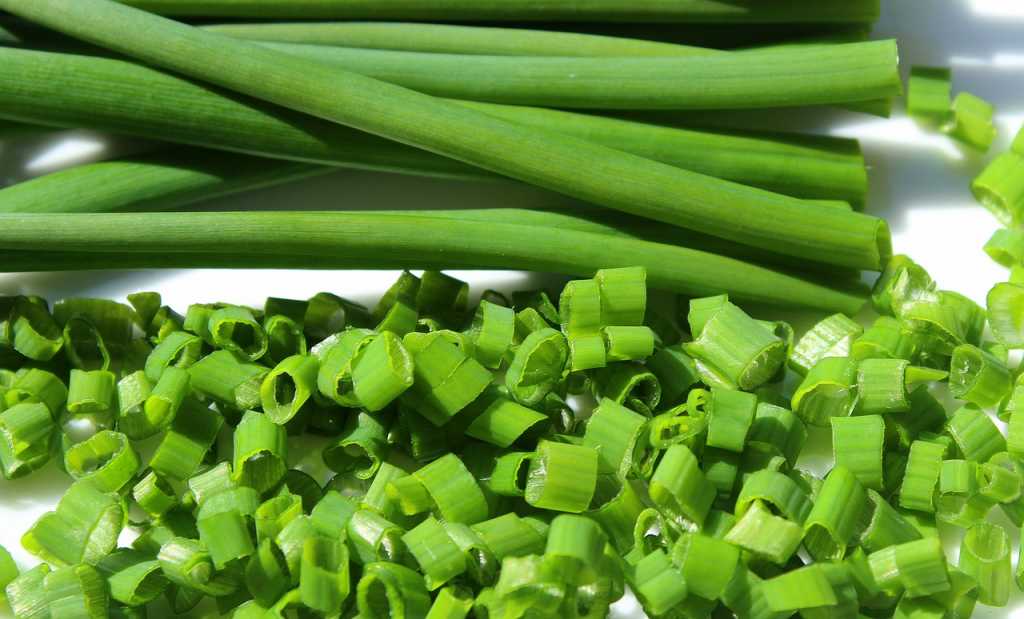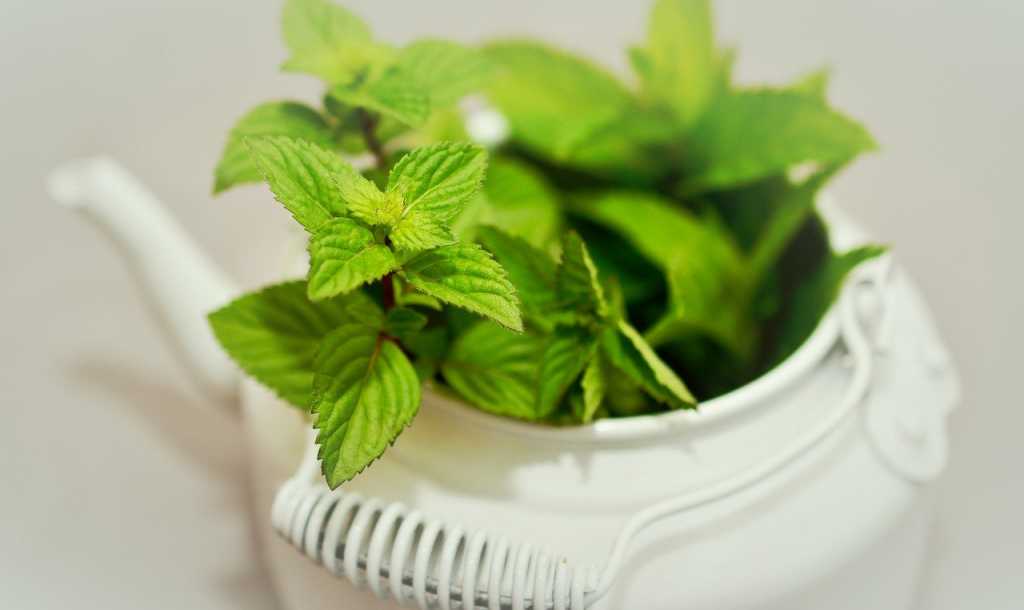How To Grow Herbs Indoors
If you share your garden with pets and children, you’ll understand just how hard it can be to separate your hobbies from theirs, so why not try growing herbs on your kitchen window sill where they will be well away from footballs and curious paws? First, let’s establish the easy-to-grow herbs and care for herbs, and then we’ll look into how to pair herbs with foods.
Easy to grow herbs in the UK:
- Basil
- Chives
- Mint

Basil
Sowing basil seeds
You’re better off starting to grow basil indoors and basil seeds can be sown in February through to June. When sowing basil seeds, you’ll need to fill a 7.5cm pot with seed compost and pat down gently to compact the compost. Dot a few basil seeds on top and a couple of extra seeds just in case, but it’s likely that all seeds will germinate anyway, once you’ve sown your basil seeds, cover with vermiculite. Vermiculite is added to maximise water and nutrient retention and helps to aerate the seed compost which aids healthy and fast-growing basil. Lightly water your seeds and place into a propagator – if you don’t have a propagator, the next best thing to do is cover the pot with a freezer bag and close with a hair bobble. This will keep your seeds warm and will kickstart germination.
Once you start to see shoots (once the seeds have germinated successfully), take them out of your propagator or remove the freezer bag, and remember to keep their soil moist. Once the seedlings get to a good size (it will have around three or four leaves) you can move them into their own 7.5cm pot but this time, using multi-purpose compost.
How to grow basil
When you begin to see roots or your basil is starting to look quite big for the pot, you can either plant outside once the frost has gone, placed in a sunny, sheltered area where the soil drains well or use an indoor herb planter. A herb planter should provide adequate drainage and enough room for your basil to thrive. At this stage, you’ll only want to water your basil in the morning and never at night – as cold temperatures and damp roots can cause damage to your herbs. To maintain luxuriously bushy basil, punch the ends of the branches and trim away any flowering buds.
How to care for basil
Avoid growing basil in a drafty or cool location, and stop using your basil for cooking when it starts to grow woody stems. To maintain a constant supply of fresh basil, you’ll want to sow seeds and repeat the process every 3 weeks. Basil isn’t a long-term plant, its shelf life is about 7-8 weeks.
Pairing basil with your favourite dishes
Basil is a herb that is used widely around the world in a plethora of dishes and is an essential ingredient in Italian cuisine. Basil has a strong taste and enhances the flavour of tomatoes, pairs well with mozzarella and makes a delicious pesto sauce. Basil also pairs well with salads, sandwiches and most vegetarian meals.

Chives
Sowing chive seeds
When growing chives indoors you’ll need to fill a 15cm well-draining clay pot that’s been misted. Fill with damp soil and generously scatter the chive seeds over their new home and top with a little extra damp soil. Put your chive pot in a well-lit area and keep the seeds in moist soil until they germinate – which usually takes around 2 weeks.
How to grow chives
Once you have sown your chive seeds, place them on a window sill – where they won’t get full direct sun – so that they can adjust to their new climate and start to grow. It’s likely you’ll see growth in 7 days. As your chives grow, gradually expose them to more and more sun. Soon they’ll enjoy 6-8 hours of sunlight, when they do, remember to turn the pot to ensure even growth. If you don’t have a south-facing window, you may want to try a herb light and level it between 6-12 inches above your chive pots. Having multiple chive pots next to one another is beneficial as they can enjoy high humidity levels. If you’re at all worried about humidity levels, place some pebbles into a dish and fill with water and sit it close to your chive pots. Mist your chives daily and water when the soil is dry.
How to care for chives
Growing chives enjoy a good trim and will come back bushier for it, so when adding them to your favourite dishes be liberal and they’ll benefit from it.
Pairing chives with your favourite dishes
Always use fresh chives, never cook them, if you do, they will lose their beautiful flavour. Chives can be added to a wide range of dishes such as potato salad, eggs, salads, dressings, casseroles and fish. Chives are part of the onion family and they add a dash of zing and a splash of colour to many fabulous dishes.

Mint
Sowing mint seeds
To start growing mint seeds, you’ll need a container with drainage holes and a good potting mix (one with sand, peat and perlite in the mix). Add a small amount of water to the potting mix and nearly fill the pot to the top. Gently compact the soil and sow the mint seeds on top, then cover with a thin layer of damp mix. Water lightly and place on a window sill where there’s indirect light. Your mint plant will want to be sat in an indoor temperature of 18-21 degrees celsius in the day and 13-15 degrees celsius at night.
How to grow mint seeds
Maintaining a good level of humidity is important for mint, so to ensure optimal humidity levels, mist it between watering or fill a bowl with pebbles and water, and place it next to your mint pot. Turn your mint pot every few days to prevent a lopsided plant and full, even growth.
How to care for mint
Always keep your mint plant’s soil moist but never overwater it – you don’t want a soggy plant – if you’re ever unsure, only water when the top part of the soil is dry to touch. If it’s still moist, lightly mist your mint plant and wait to water when the top of the soil is dry.
Pairing mint with your favourite dishes
Mint can be used in both sweet and savoury dishes, it can be used to make yogurt sauce in a sweet potato meal, it pairs nicely with peas, can be added to tarts, ice-creams, smoothies and juices too.
Want to take your creative skills outdoors? Turn to R&J Landscapes who can help you to create your dream garden. Whether you’re looking for hardscaping or softscaping services, we can provide you with all because we have the team, skills and tools to get the job done. Simply contact our helpful team and we’ll be more than happy to assist.


